Agriculture is one of the main pillars of the Brazilian economy: over the past two decades, agriculture and livestock have accounted for 25% of GDP. In addition, Brazil is the fourth largest food producer in the world and ranks as the number one producer (such as Soy, Sugarcane, and Maize). Let’s check out more information about agriculture farming in Brazil.
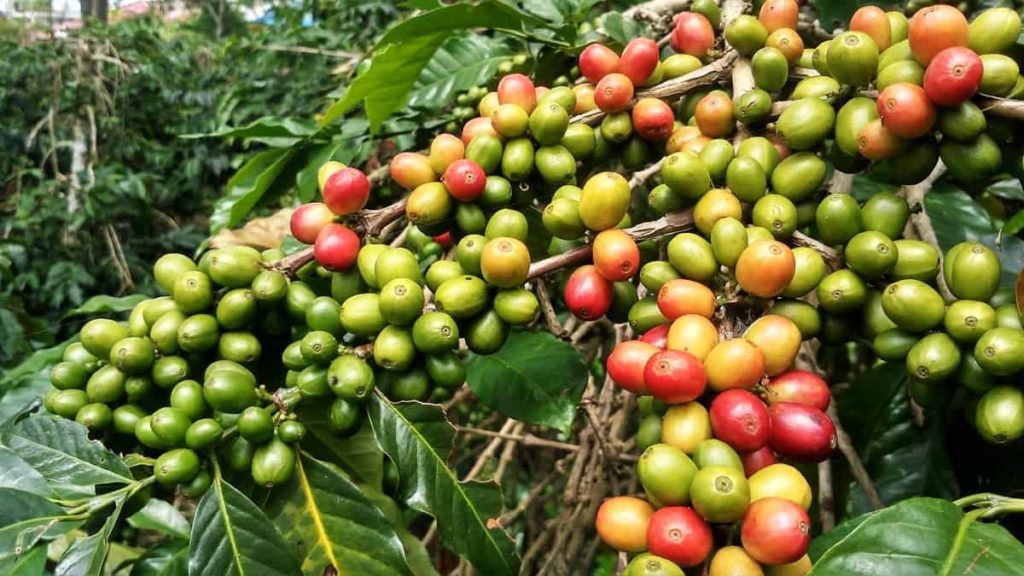
Brazil is the world’s second-largest agricultural product exporter. Under Brazil’s leadership, these technological innovations are most likely to increase productivity and, as a result, secure a prosperous future for the world’s growing population. Brazilian agriculture has historically been one of the mainstays of the Brazilian economy. Brazil became the world’s largest Sugarcane, Coffee, and Soybeans exporter.
One-half to two-thirds of southern Brazil has a semi-temperate climate, more rainfall, more fertile soil, advanced technology and input, proper infrastructure, and more experienced farmers. The region produces much of Brazil’s grain, oilseeds (and exports). Brazil is the world’s No. 1 Coffee, Sugar, and Orange juice producer and exporter. It is also the world’s number 1 exporter of poultry, beef, and soybeans. Brazil’s agricultural sector mainly impacts small farmers, land use, the environment, and food security.
Brazil finds itself in an even more delicate situation because to remain a vital part of the economy, Brazil’s agribusiness relies heavily on public policies that directly affect its treasury. It suggests that there is an indirect transfer of public resources to international companies involved in the production chains of agribusiness. The most important agricultural areas of the country are South, South East, and Central West.
Major crops cultivated in Brazil
The major crops are Barley, Maize, Cotton, Oats, Palm Oil, Peanut, Soybean, Sunflower Seed, Rice, Rye, and Wheat.
The country is primarily self-sufficient in basic foodstuffs and a leading exporter of a wide range of crops, including Coffee, Oranges, Soybeans, and Cassava, grown mainly in the south and southeast. Brazil is the world’s largest coffee producer. The major coffee-producing states are Minas Gerais and Espírito Santo, followed by Sao Paulo and Paraná.
In case you missed it: Top Agricultural Universities in Brazil: Best List
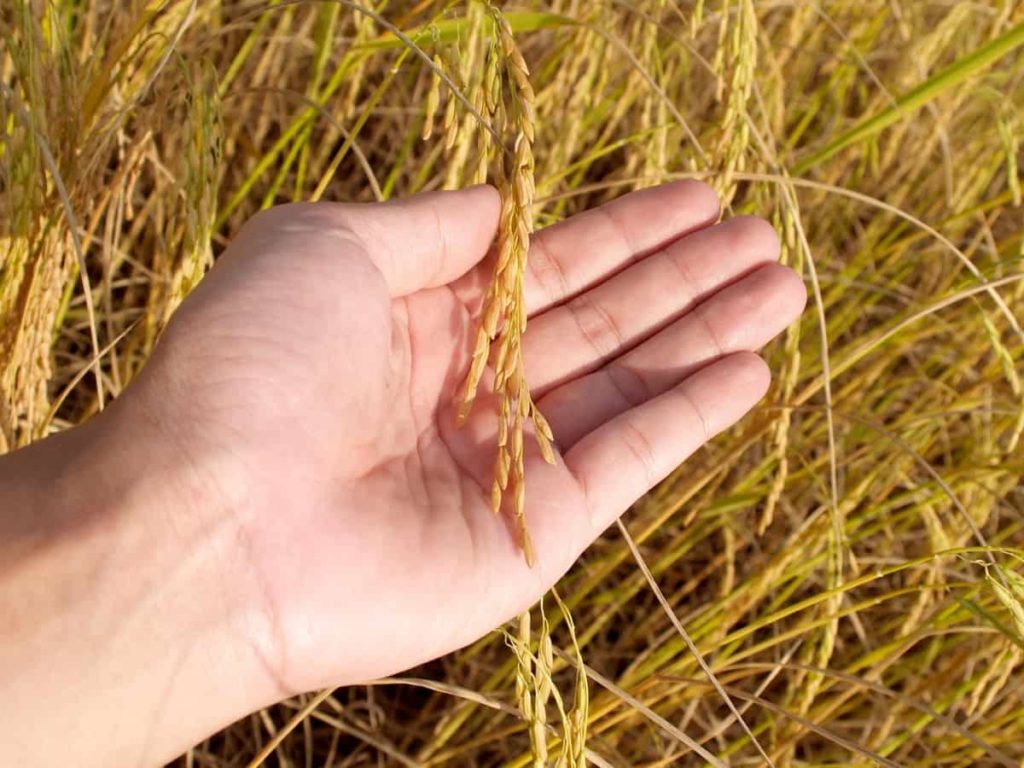
Brazil is also the world’s largest producer of cassava and a leading grower of Beans, Corn, Cocoa, Bananas, and Rice. Although most of these products are used locally, some are exported, including Jute and Black Pepper from the Amazon region; Palm oil from the northeast coast; Garlic from Minas Gerais; Tea from Sao Paulo; and Tobacco from Santa Catarina and the Rio Grande do Sul. Brazil’s nuts are economically important only in a limited area in the north.
Brazil is the world’s fourth-largest producer of Beans, but it is not one of the largest exporters; much of its production depends on domestic consumption. Products such as Rice and Beans, which have historically met the domestic demand in Brazil, have shown stable production. Their growth depends mainly on the evolution of Brazil’s population, which has a low growth rate today.
Furthermore, while these are essential products for the Brazilian population, their demand decreases as incomes increase. The trend of exporting Rice to some of the production deficit countries started last year. But even the world’s largest rice producers protect the market, including subsidies, which affects our production and exports.
Due to advances in agricultural technology that benefit farmers worldwide, today, Brazilian farmers are carrying out agricultural activities on land that has been considered agriculturally useless for hundreds of years. In addition, these operations are more productive, allowing for higher yields using less land. Brazil’s Sugarcane and Orange crops were more effective than anywhere else in the world, depending on how much they could produce per acre.
The southeastern region includes Minas Gerais, Sao Paulo, Rio de Janeiro, and Espirito Santo. It is responsible for the largest share of Brazilian agriculture, but other areas are developing rapidly. It is a major producer of Coffee, Sugarcane, and Orange, and also large production of Soybeans, Beans, Peanuts, Carrots, Potatoes, Bananas, Tangerines, Lemon, Papayas, Persimmons, Strawberries, and Cassava.
Agriculture cropping systems in Brazil
The annual crop production area in Brazil is 69 million hectares. The major crops are Soybean, Maize, Sugarcane, and Rice, which account for 90% of the total crop area, and (excluding Rice) the country is one of the largest producers and exporters of these crops. Most Sugarcane, Soybeans, and Corn are grown in rainy conditions (> 90%); Rice is grown in irrigated (80%) and rainfed (20%) conditions in southern and north-central regions, respectively.
In case you missed it: How To Buy Agricultural Land In Brazil & Who Can
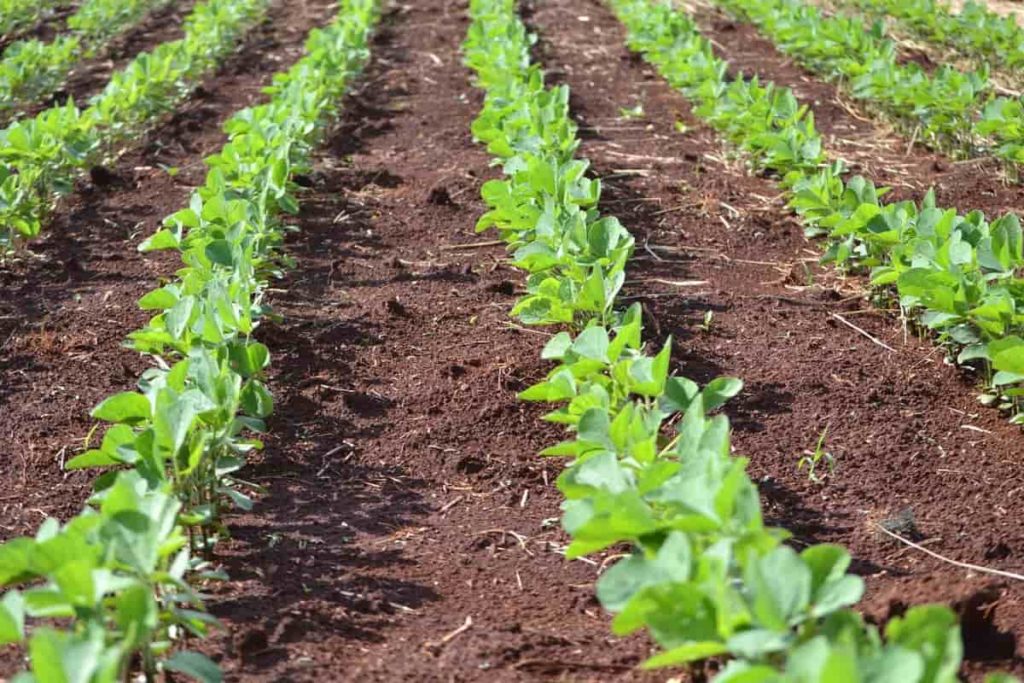
Much of Brazil has a favorable climate for rainfed crop production, with total annual rainfall ranging from 700 mm (northeast) to 2100 mm (south, southeast, and west) in the major producing regions. Rainfall is well distributed throughout the south during the year (the Rio Grande do Sul, Santa Catarina, and Parana). It exhibits strong weather in the rest of the productive areas, with wet summers and dry winters. The dominant agricultural lands comply with the order of Latosols, Neosols, Argisols, and Planosols, covering about 70% of the country’s arable land.
Features of agriculture farming in Brazil
- Only 6% of the cropland is rented,
- The average farm size is 10 hectares (northeast) to 1000+ hectares (west),
- 50% of the cropland is under no-till,
- Soybean is the main crop that occupies half of the total cultivated area,
- 92% Soybean is transgenic glyphosate-resistant, while Maize is 87% Bt.
Trends and prospects for Brazilian agriculture
Brazil’s varied climate leads to diverse agriculture of temperate and tropical products. The southern and central-western parts of the country have more rainfall, better soil, and more developed infrastructure. Farms in these regions use purchased inputs more intensively and are equipped with advanced technologies. Central Brazil has a large area of fallen grass with potential for crop production.
Brazil’s grain, oilseeds, and other export crops are grown in the southern and central-western regions. However, soybean production is growing in the MATOPIBA region, including the states of Maranhão, Tocantins, Piauí, and Bahia. The Northeast and the Amazon Basin lack well-distributed rainfall and good soil, while infrastructure and capital markets are less developed than in the South and Midwest.
Livestock production is a major economic activity in the center-west and the Amazon region, where production and exports of tropical horticultural products have also increased. Brazil’s agriculture has grown strongly over the past two decades, although poor harvests have not stopped in a few years. Brazil’s agricultural development is based on increasing efficiency in using productive factors, especially land and labor.
Factors contributing to the increase in agriculture productivity is the long-standing investment in agricultural research that has enabled Brazil to acquire state-of-the-art technology for tropical agriculture. This provided better crop and livestock technologies for producers and agro-industries, especially tropical technologies that allowed the incorporation of Brazil’s Cerrados (Savannah areas) into productive use.
The most important were nitrogen fixation technologies, especially in Soybean varieties, non-cultivation systems, and the emergence of new grain varieties and livestock breeds adapted to the tropics. Over the last fifteen years, economic reforms have facilitated productive improvements, which have led to a redistribution of resources and structural changes in agriculture and allied industries. Economic reforms have strengthened producers’ incentives to increase productivity and uptake innovation by creating a more competitive environment.
In case you missed it: Poultry Farming In Brazil – Management Practices
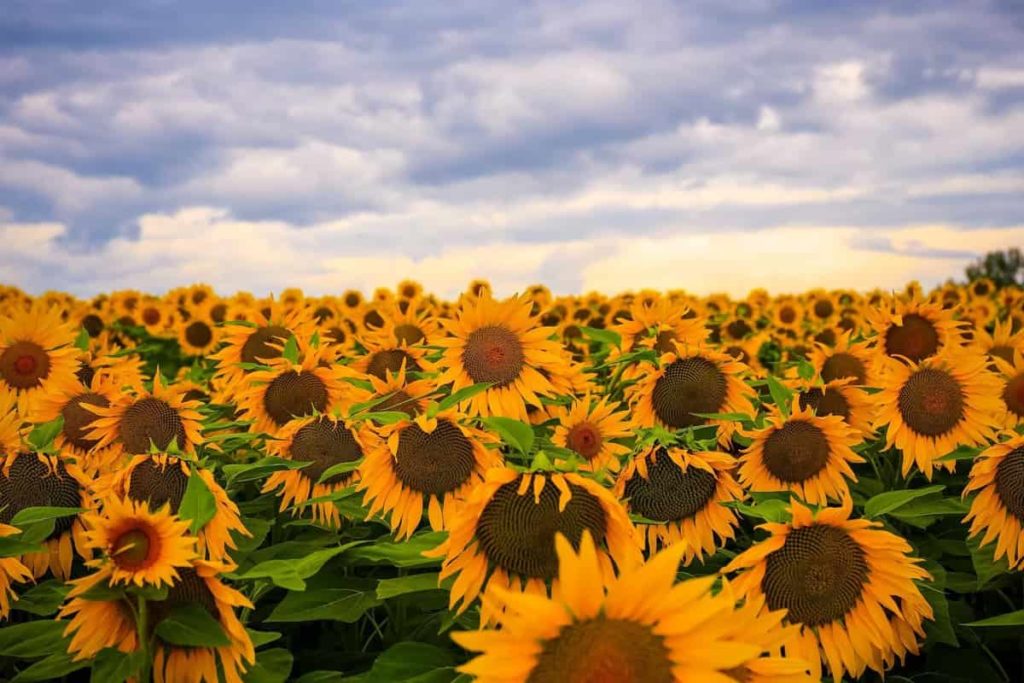
Development and expansion of no-till agriculture in Brazil
Brazil was one of the pioneers of no-till agriculture. No-till is important in soil management and conservation techniques. The ground is not shaken, nor is the ground harvested. Instead, it is cut high on stalks, and plant residues are left to decompose in a mat of organic matter. The following crop is applied directly to the mat, which retains more nutrients and organic matter in the soil. Unless farming is done, it increases the amount of water that seeps into the soil, retains the organic matter, and cycles the nutrients, making the soil more fertile and resilient.
Integrated agriculture farming in Brazil
Forest-Cropland-Livestock integration is another Brazilian farming innovation that brings numerous benefits. Like some clever inventions, the principle is quite simple. Trees, such as Eucalyptus, are planted in regular rows, long enough to allow the passage of farm machinery. It means that the land can be planted with different crops like Maize – effectively doubling the efficiency of the land. When the crop is harvested, the underground pasture is allowed to grow, on which the cattle are grazed till the planting season of the next crop.
This type of integrated farming brings many benefits;
- It promotes good animal welfare, allowing livestock to graze freely in shady pastures.
- It is the most effective way to reuse degraded pastures, as trees provide and help provide valuable nutrients in stabilizing the soil.
- It reduces or neutralizes the image of farming, as trees remove the effects of animal methane and absorb CO2.
- And it provides a renewable source of timber.
Improvements in Brazil’s agricultural technology
Brazil achieved a significant increase in production with a minimal increase in an agricultural area. Research and innovation have made this possible. Seed technology improves crop rotation, double cropping, modern machinery, and accurate agricultural production and efficiency. Brazilian farmers also use crop protection and fertilizers to maintain high yields.
Rising agricultural production and exports put Brazil in a position to become a major player in the world market. Soybean prices in the United States have reached record lows, while soybeans sold for Brazilian Rice are approaching record highs.
Brazilian agriculture technological innovations
The global community today is focused on developing creative – and implementable – solutions to avoid what is certain to be a future food crisis. Experts have identified the following Brazilian-led technological innovations that are most likely to help farmers increase agricultural productivity and, consequently, the world’s growing population for decades to come. To secure a prosperous future for;
In case you missed it: Brazil nut Cultivation – Farming In India
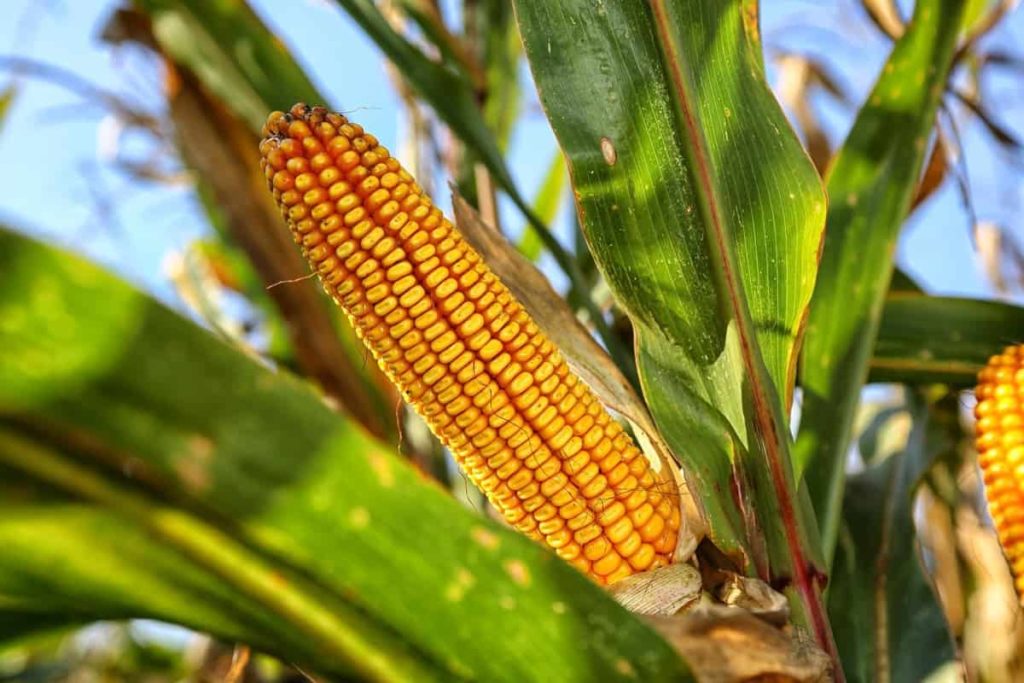
1. Integrated management software
Originally used to orchestrate factory operations in manufacturing, this software is now regularly used to facilitate the production management. Such platforms choreograph device operators’ activities while smoothing the platform management process.
2. Artificial intelligence
Many Brazilian AI platforms allow farmers to monitor their crop production, year-on-year production capacity, and growth patterns. By identifying the location of low performance in the field, with accuracy up to a few meters, these technologies help producers make more informed decisions about resource usage.
3. Biotechnologies
Although integrated management software and AI platforms have undoubtedly increased productivity in Brazilian agriculture, these two technologies cannot independently solve our food security challenges. That’s why Brazilian researchers and agronomists are already focusing on the next wave of innovation: biotechnology.
Researchers worldwide have long been looking for effective integrated pest management systems that combine traditional pesticides and insecticides with modern biological methods. To balance the chemical-based methods used to control pests and crop diseases, Brazilian startups are accelerating the use of natural ingredients – including various animals, plants, bacteria, and minerals.
Brazil is one of the world’s food baskets. Brazilian farmers have an entrepreneurial mindset, constantly looking for technological innovations to increase productivity and reduce risks by focusing on increasing sustainability. The demand for new solutions continues to rise, presenting opportunities in several sectors, such as;
- Crop imaging technology;
- Pests and diseases in crops;
- Irrigation, Soil, and Plant Nutrition;
- Precision Farming;
- Drones and robotics;
- Animal Genetics and Nutrition;
- Tracking and supply chains.
In case you missed it: Corn Farming in USA: How to Start, Production by State, and Cultivation Guide
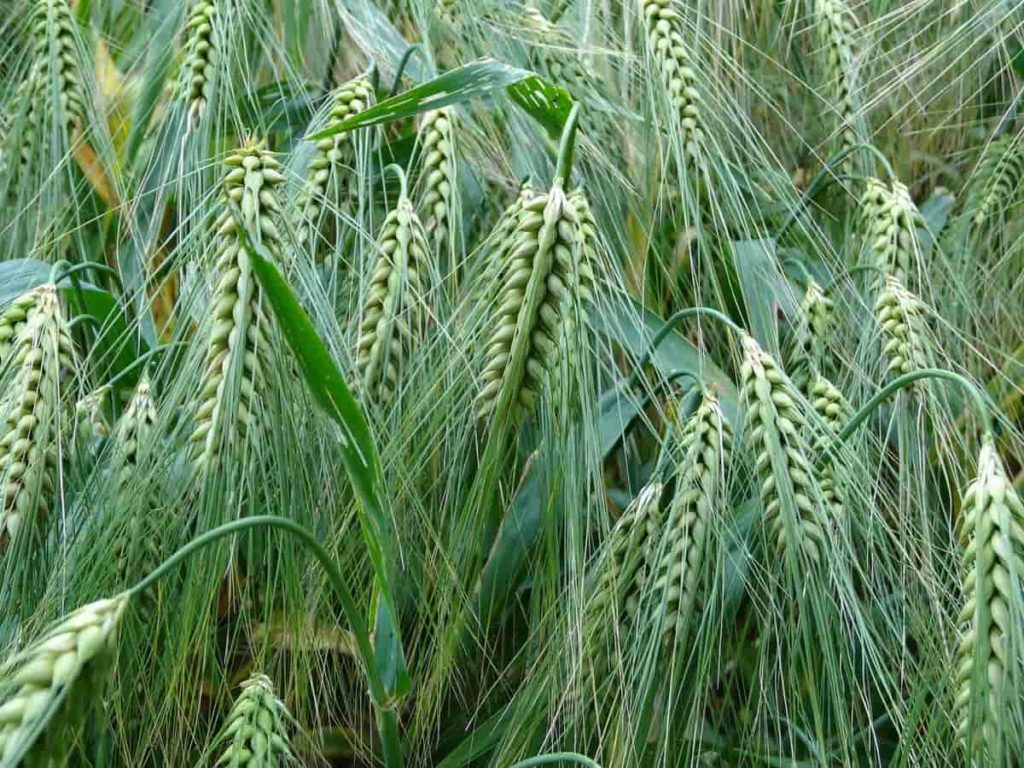
Challenges of Brazil in Agriculture
The main agricultural challenges for the Brazilian government are maintaining productivity and growth while guaranteeing that any such development will meet the country’s poverty and inequality reduction goals and environmental sustainability. Like other countries, Brazil’s agriculture suffers from various problems. Brazil’s agricultural and non-agricultural trade has been affected by macroeconomic fluctuations.
The contrasting combination of high real interest rates and a high-priced currency, which has reduced producer prices while dramatically increasing financial costs, has negatively affected agriculture in Brazil. Deforestation is done, for example, to make way for agricultural areas. It results in significant reductions in greenhouse gas emissions and accessible oxygen to the world’s population. Rain, temperature, land, and comfort are all variables that affect a country’s natural vegetation.
As it moves beyond the equator, the frequency and number of rainy days decrease. It affects the life of plants. Brazil’s exports are rising, posing a growing threat to US agricultural goods. However, this expansion has significant obstacles, including Brazil’s growing domestic demand, strong currency, restrictions on foreign investment, and inadequate infrastructure due to a lack of urban and rural development.
- Economical Aquaculture: A Guide to Low-Budget Fish Farming
- 15 Common Planting Errors That Can Doom Your Fruit Trees
- How to Make Houseplants Bushy: Effective Tips and Ideas
- Innovative Strategies for Boosting Coconut Pollination and Yield
- Pollination Strategies for Maximum Pumpkin Yield
- The Complete Guide to Chicken Fattening: Strategies for Maximum Growth
- Natural Solutions for Tulip Problems: 100% Effective Remedies for Leaf and Bulb-Related Issues
- Revolutionizing Citrus Preservation: Towards a Healthier, Greener Future
- Natural Solutions for Peony Leaf and Flower Problems: 100% Effective Remedies
- Maximizing Profits with Avocado Contract Farming in India: A Comprehensive Guide
- Natural Solutions for Hydrangea Problems: 100% Effective Remedies for Leaf and Flowers
- The Ultimate Guide to Choosing the Perfect Foliage Friend: Bringing Life Indoors
- From Sunlight to Sustainability: 15 Ways to Use Solar Technology in Agriculture
- The Ultimate Guide to Dong Tao Chicken: Exploring from History to Raising
- The Eco-Friendly Makeover: How to Convert Your Unused Swimming Pool into a Fish Pond
- Mastering the Art of Delaware Chicken Farming: Essentials for Healthy Backyard Flocks
- 20 Best Homemade Fertilizers for Money Plant: DIY Recipes and Application Methods
- How to Craft a Comprehensive Free-Range Chicken Farming Business Plan
- Brighten Your Flock: Raising Easter Egger Chickens for Beauty and Bounty
- How to Optimize Your Poultry Egg Farm Business Plan with These Strategies
- Subsidy for Spirulina Cultivation: How Indian Government Schemes Encouraging Spirulina Farmers
- Ultimate Guide to Raising Dominique Chickens: Breeding, Feeding, Egg-Production, and Care
- Mastering the Art of Raising Jersey Giant Chickens: Care, Feeding, and More
- Ultimate Guide to Raising Legbar Chickens: Breeding, Farming Practices, Diet, Egg-Production
- How to Raise Welsummer Chickens: A Comprehensive Guide for Beginners
- How to Protect Indoor Plants in Winter: A Comprehensive Guide
- Ultimate Guide to Grow Bag Gardening: Tips, Tricks, and Planting Ideas for Urban Gardeners
- Guide to Lotus Cultivation: How to Propagate, Plant, Grow, Care, Cost, and Profit
- Agriculture Drone Subsidy Scheme: Government Kisan Subsidy, License, and How to Apply Online
- Ultimate Guide to Raising Araucana Chickens: Breed Profile, Farming Economics, Diet, and Care
- Bringing Hydroponics to Classroom: Importance, Benefits of Learning for School Students
- Ultimate Guide to Raising Polish Chickens: Breed Profile, Farming Economics, Diet, and Care
- Ultimate Guide to Raising Australorp Chickens: Profile, Farming Economics, Egg Production, Diet, and Care
- Silkie Chicken Farming: Raising Practices, Varieties, Egg Production, Diet, and Care
- Sussex Chicken Farming: Raising Practices, Varieties, Egg Production, Diet and Care
- Homemade Feed Formulations for Livestock: Discover Cost-effective Starter to Finisher Feed Recipes